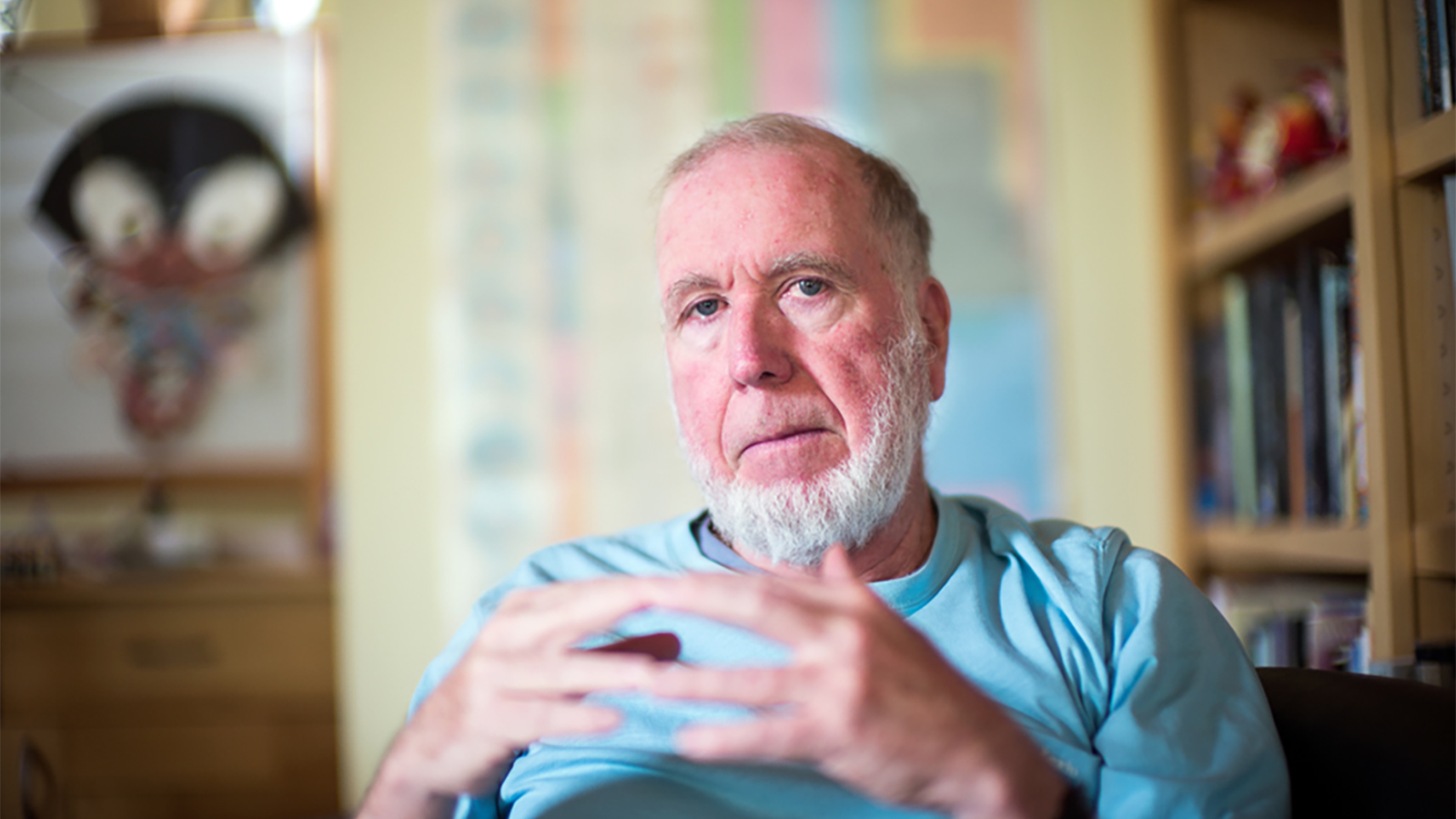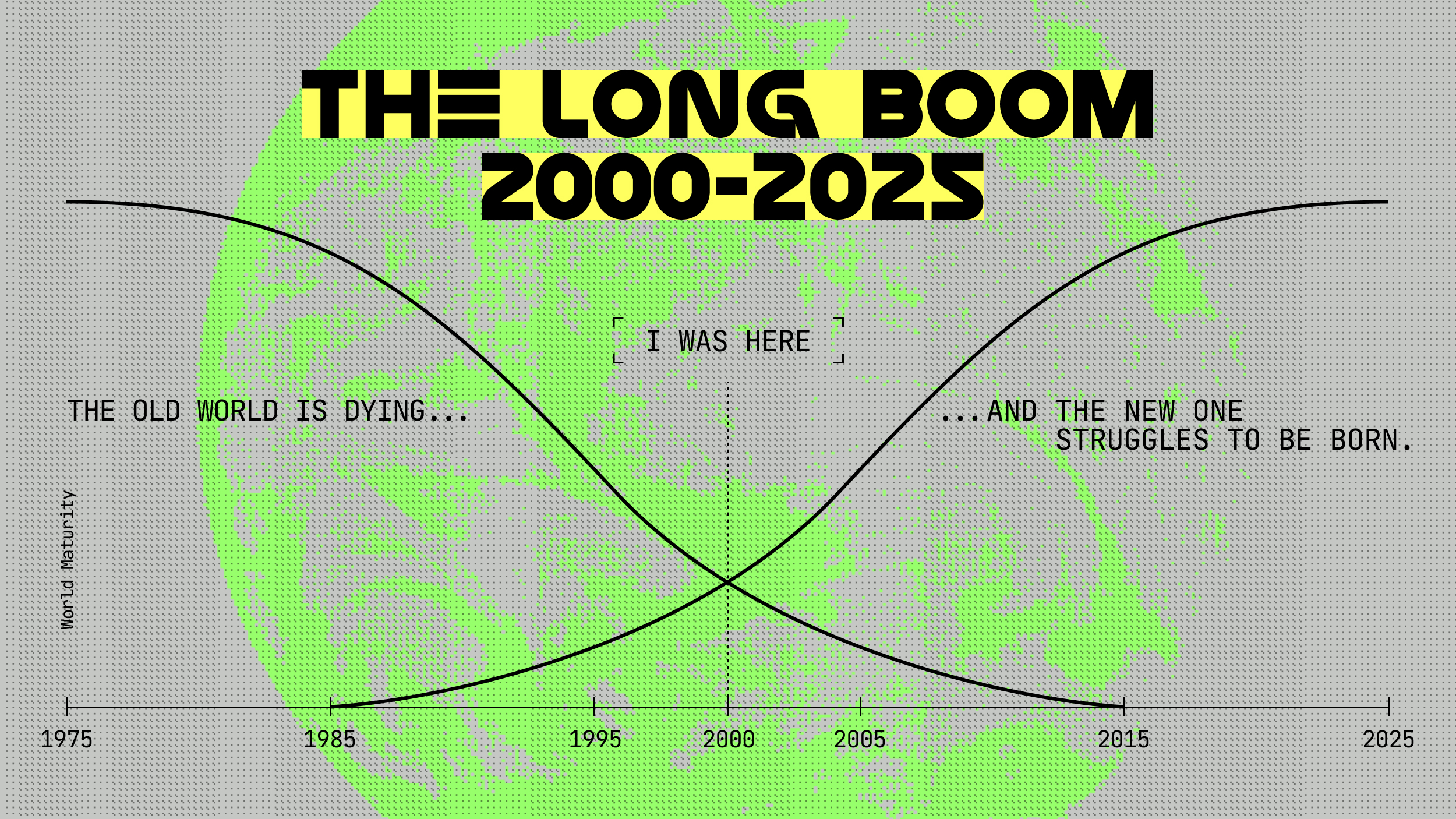AU Report on the Lobbying Strategy of the Nuclear Industry
In his State of the Union speech last week, President Obama called for significant government investment in nuclear energy, telling Congress that “to create more of these clean energy jobs, we need more production, more efficiency, more incentives. And that means building a new generation of safe, clean nuclear power plants in this country.” The declaration brought members from both parties to their feet with some of the strongest applause of the evening (video above.)
This week, as the NY Times reports, the Administration in its proposed budget plans to triple the size of the Energy Department’s loan guarantee program for the nuclear industry to $54 billion, which could support the construction of seven to 10 new reactors. “We are working hard to restart the American nuclear power industry,” Energy secretary Steve Chu tells the Times, asserting that nuclear is an important part of the strategy to combat climate change.
As I detailed in a side bar to an article at the journal Environment last year, over the past decade, the nuclear energy industry has been laying the perceptual groundwork for a rebirth in political discourse, public image, and support, framing nuclear energy as a “middle way” forward on climate change. [On food biotechnology, a similar communication strategy has been pursued by Monsanto, resulting most recently in the once deeply troubled company being named the company of the year by Forbes.]
This month, more detail on the lobbying and PR strategy of the nuclear energy industry is uncovered in a special report by American University’s Investigative Reporting Workshop, co-published with McClatchy Newspapers.
As journalist Judy Pasternak documents, over the past decade, “companies and unions related to the industry have spent more than $600 million on lobbying and nearly $63 million on campaign contributions,” targeting Republican and Democratic Congressional leaders. In the first half of last year alone, while Congress debated nuclear loan guarantees as part of the economic stimulus plan, the nuclear energy industry spent more than $55.8 million on lobbying.
Illinois-based nuclear energy company Exelon has also been a major donor to President Obama. As Pasternak writes, Exelon “has funded Obama campaigns since his Senate run, when employees contributed more than $48,000, according to CQ Moneyline, and Exelon’s political action committee gave the maximum of $10,000. Exelon employees gave Obama nearly $210,000 for his presidential campaign, according to CQ Moneyline.”
Perhaps most noteworthy is the effective communication strategy used by the nuclear industry, letting third parties such as environmental figures and labor leaders build the case for increased subsidies, framing the need in terms of either climate change or job creation. As Pasternak reports:
While energy lobbies such as big oil and big coal have taken turns in the spotlight, big nuke flies largely under the radar. Alex Flint, the NEI’s chief lobbyist, summed up the strategy last year at a luncheon with utility officials from Southeastern states: “Quiet.” He likes to let surrogates make the case.
For instance, Patrick Moore, who played a leading role in Greenpeace during the 1970s, now helps lead the Clean and Safe Energy Coalition, known as CASEnergy Coalition. His partner is Christine Todd Whitman, a former New Jersey governor and Environmental Protection Agency administrator. Both have touted nuclear power at gatherings of members of Congress and on national television.
Left unmentioned in these settings is that the NEI paid a public relations company to create CASEnergy, an example of “Astroturfing” techniques that many industries have adopted to give the appearance of grass-roots support.
Moore, who runs a consulting company based in Vancouver, British Columbia, acknowledged the ties in an interview, referring to NEI as “my biggest client.” He declined to divulge his fees. Whitman’s firm, the Whitman Strategy Group, says on its site that it was hired by CASEnergy, but the coalition’s Web site doesn’t mention the financial relationship. Neither does NEI’s site, where Whitman and Moore are quoted on the merits of a nuclear future.
Labor is another new ally. NEI and 20 unions co-sponsored a “Welcome Back, Congress” bash in a House of Representatives office building last January. In March, Mark Ayers of the AFL-CIO arranged a meeting between NEI’s president and House Energy and Commerce Chair Henry Waxman to talk about the climate bill. The liberal California Democrat is leading the effort to pass the measure.
The full report from Pasternak is a must read and deserves significant attention, especially as Obama’s proposed budget moves forward. Regardless of where you stand on nuclear energy (I happen to support increased investment), the report is a leading case study on the strategies that leverage influence in policy debates.
The report itself is also a leading example of a new model for producing quality public affairs journalism. The Investigative Reporting Workshop, an initiative of the School of Communication at American University, brings faculty, veteran journalists, and students together to work collaboratively on investigative journalism projects, partnering with major news organizations such as McClatchy, PBS Frontline, and the Associated Press to engage and inform audiences.




